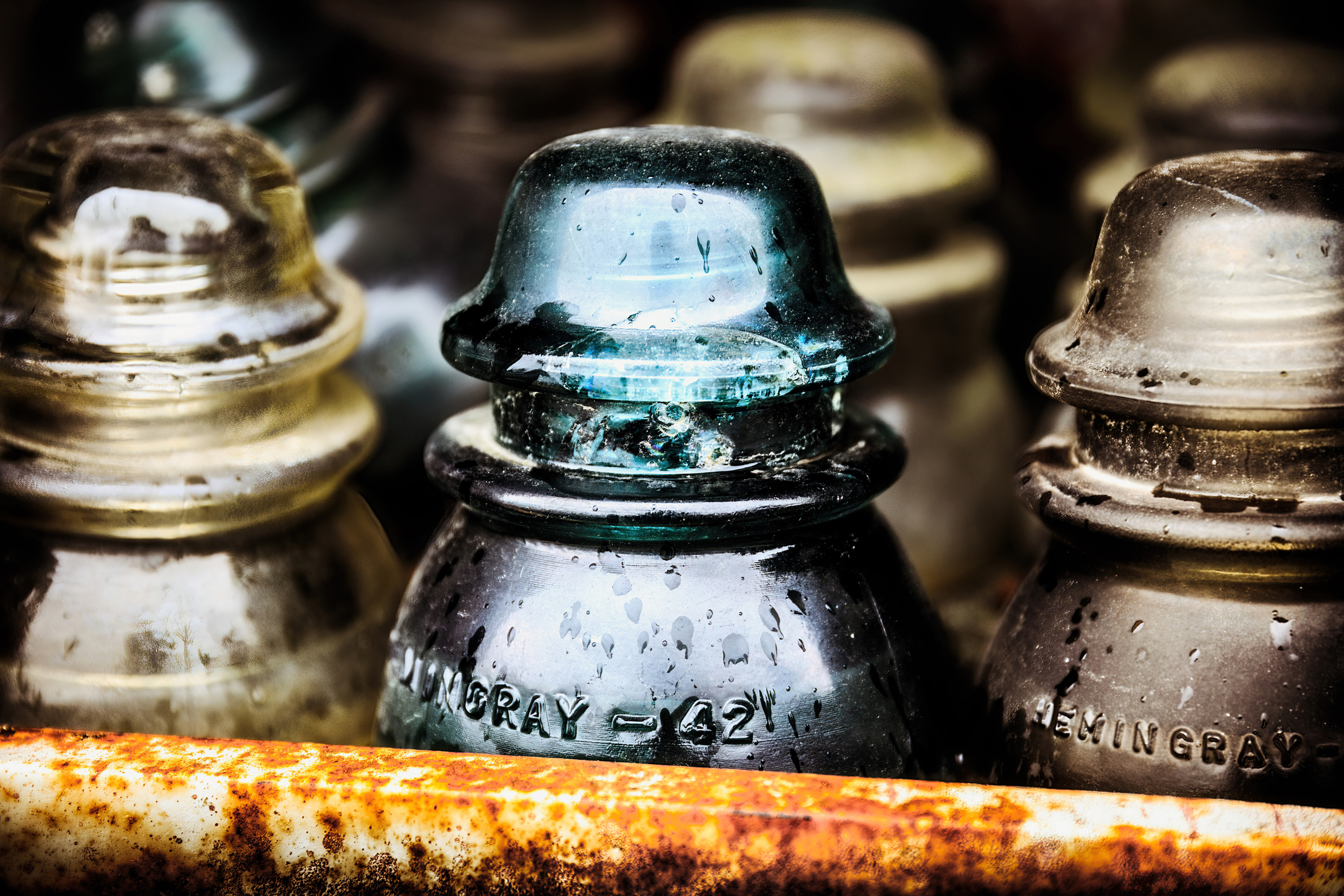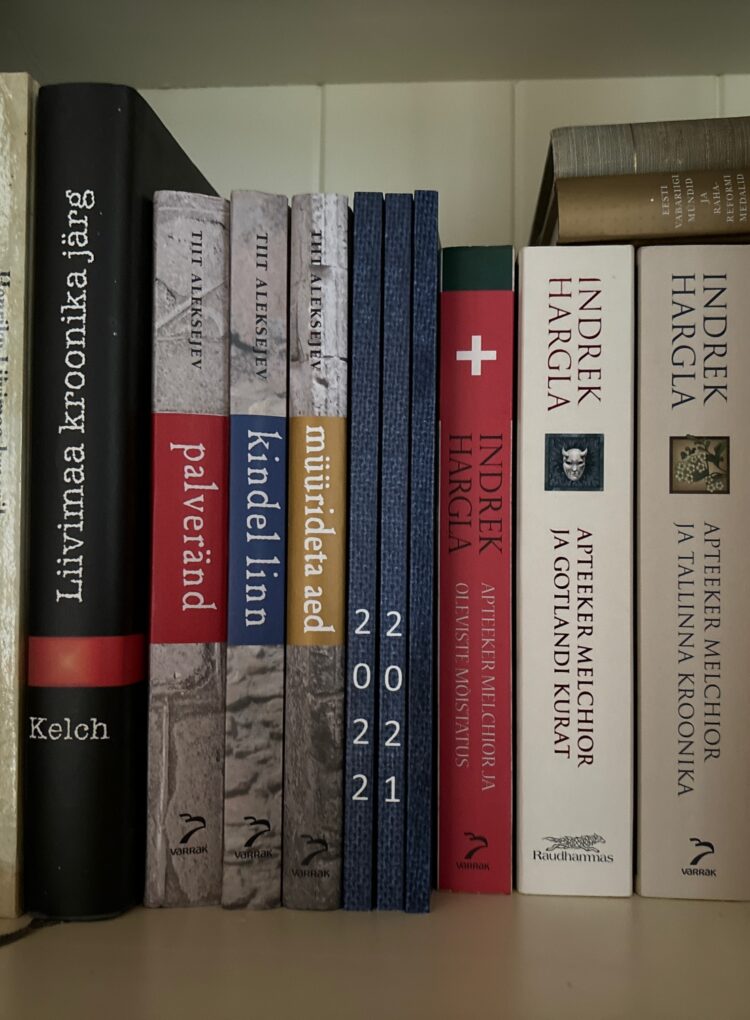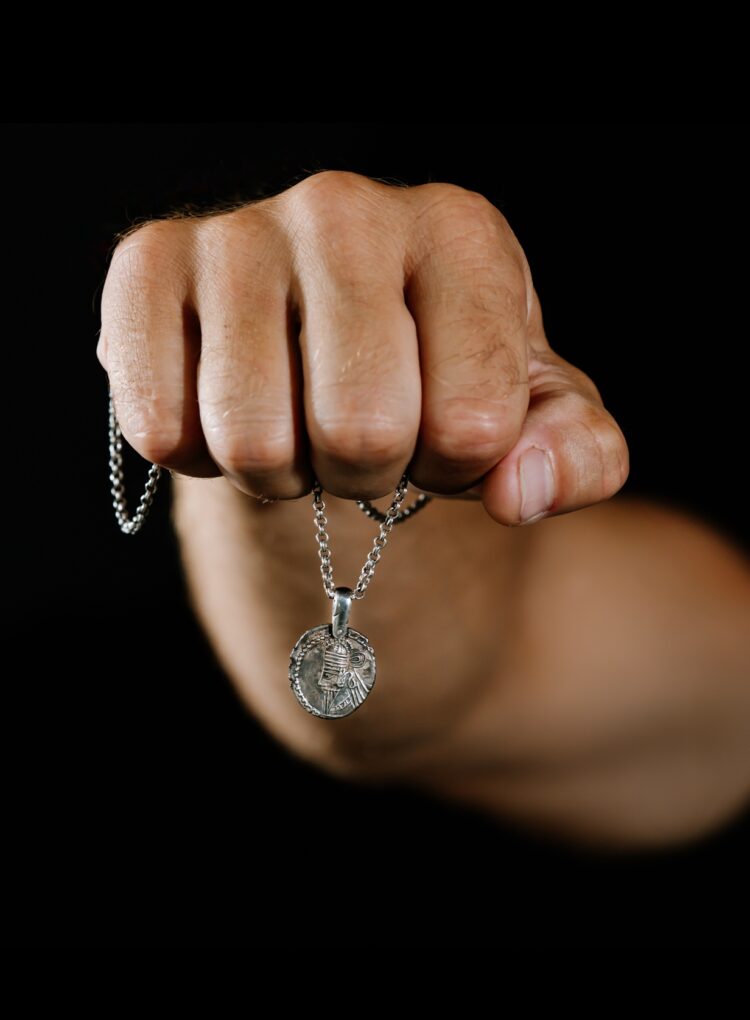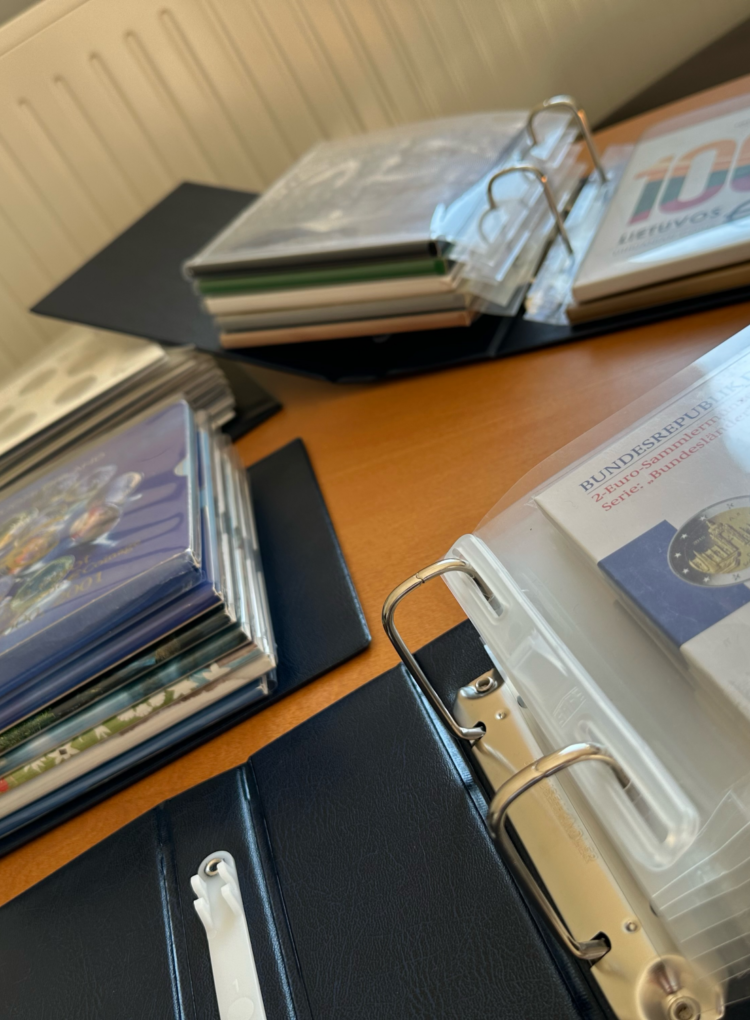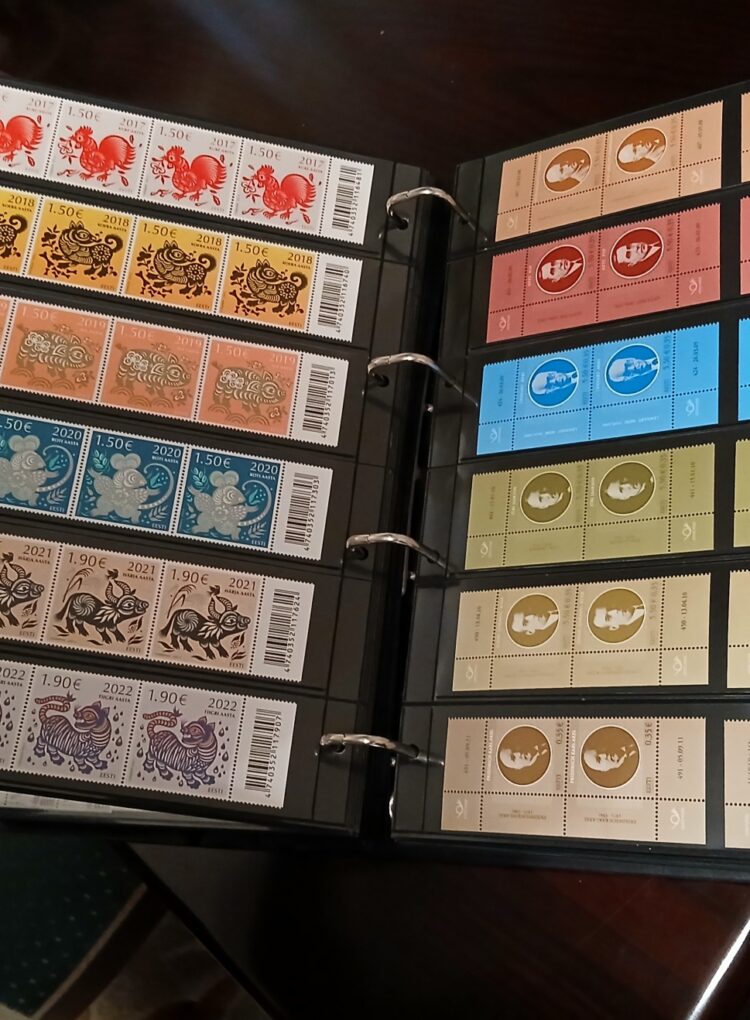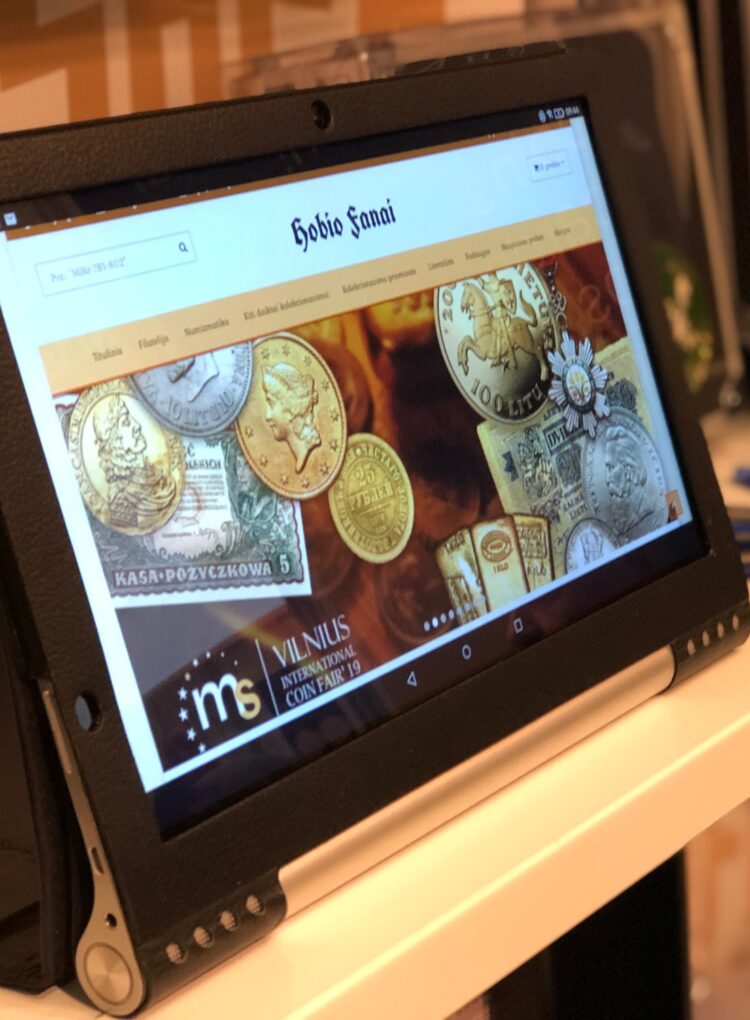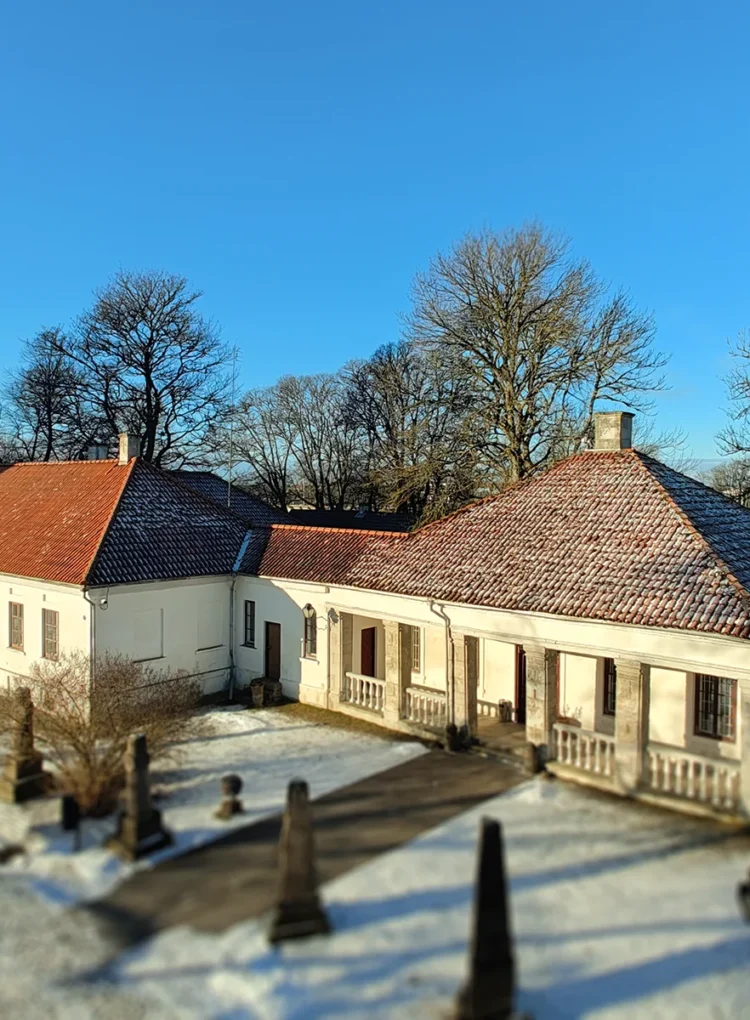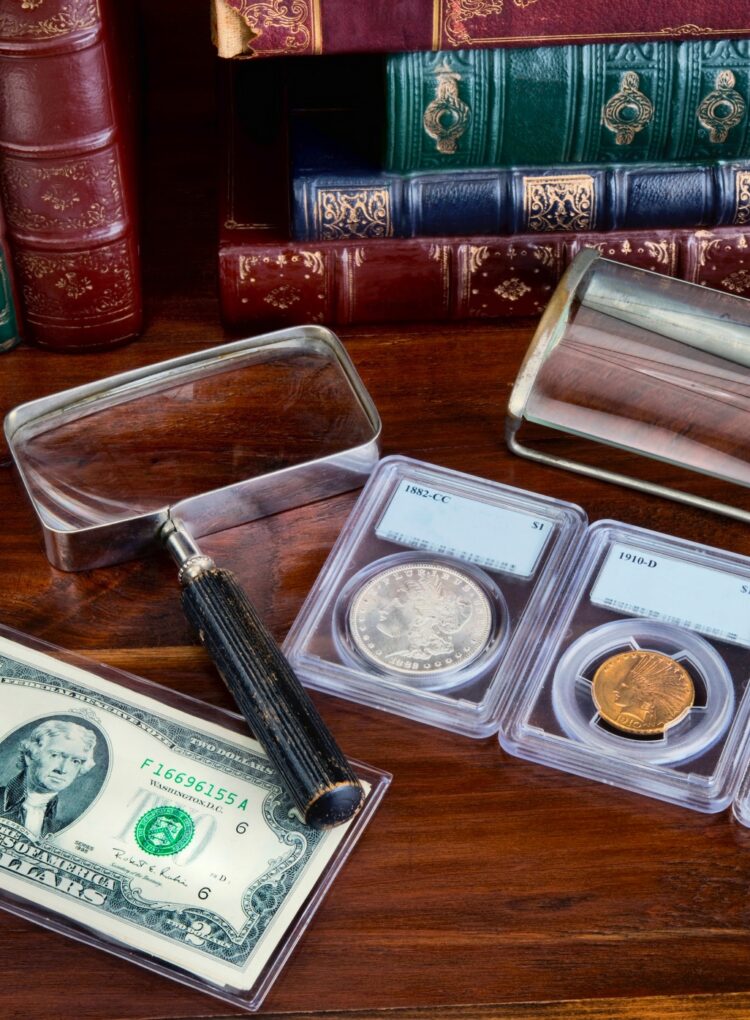There are many different collection themes around the world! Recently, I noticed old porcelain and glass electrical insulators on Facebook, striking for their diversity and vibrant colors. This made me wonder if they are collected in Estonia as well, and what the local selection is like.
What are they?
According to Wikipedia, “an insulator or electrical insulator is an element of an electrical device used to separate live wires and parts from the supporting structures to which they are attached. The insulating parts are made of glazed porcelain, glass, plastic, or composite materials, usually containing metal fittings.”
History
Insulators were first used on telegraph lines. The industrial production of ceramic insulators began in the mid-19th century. Today, many different insulators have been made, and they are collected for their design and finishing quality. The largest collectors’ association is probably the US National Insulation Association, which has over 9,000 members.
It is known that because manufacturing companies did not only produce insulators, they often used leftover glass from other projects to make insulators. As a result, you might occasionally find an insulator in a completely unusual color or even a mix of colors. Such insulators are very collectible due to their rarity. Other manufacturers recycled old bottles and other glass items, resulting in color swirls, bubbles, and other interesting effects in the insulators.
In Estonia, old, mainly porcelain insulators can still be found attached to or around abandoned buildings and in villages. They can also be found among the trash.
Collecting in Estonia
Reading English articles might give the impression that collecting glass insulators is an inexpensive and very popular collectible due to their endless shapes and colors. They are easy to find, and their decorative nature makes any room uniquely cheerful and bright. Is this the case in Estonia as well?
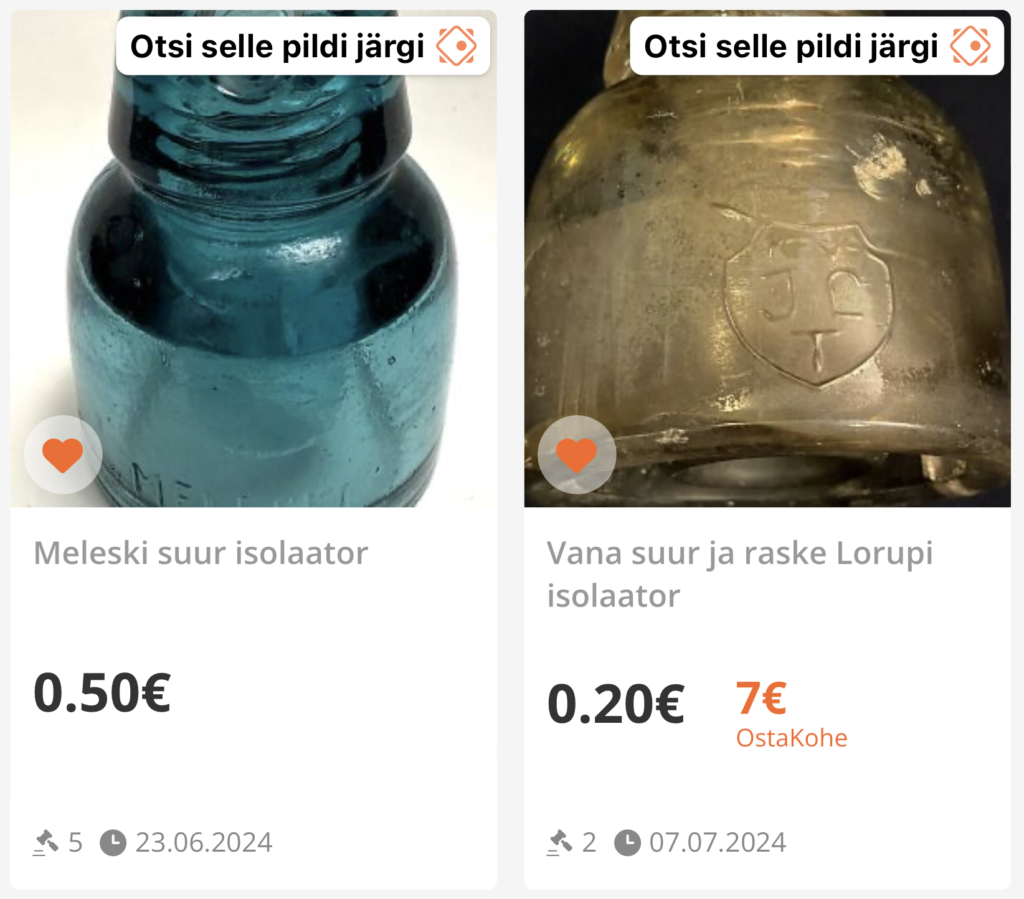
There can’t be a completely non-existent collector base in Estonia since insulators are available on osta.ee, and the prices do not seem high. However, the majority of the offerings are porcelain variants, with fewer glass ones, which also have higher demand.
It would be interesting to know how large the community of insulator collectors in Estonia is. What is collected, and what is the availability of items? How much and what kind of local companies’ products exist? What is the ratio of porcelain to glass insulators?
I would like to see pictures of collections or how someone has used these items. If you have answers to these questions or any additional information about this collection field, please share! You can find my contact information here.
I have collected all the insulators I found in my village and elsewhere. The selection is mostly white and brown, with no glass specimens at all.
